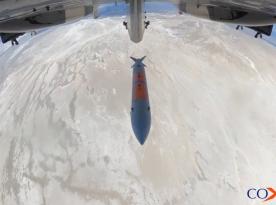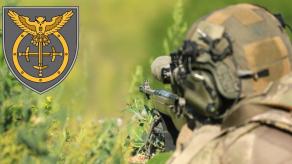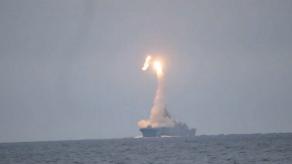Before we get to the main point in the title, let's briefly outline the background. During the Cold War era, the United States established the so-called War Reserves Stockpile, Allies, Korea (WRSA-K) program, which involved forward deployment of conventional weapons inventories. This initiative was maintained by the Americans until the early 2000s, when Congress authorized the direct sale of all munitions and resources accumulated under the WRSA-K program to South Korea.
As a result, South Korea acquired several hundred thousand 155-mm shells and a staggering 3.4 million 105-mm shells. Fast forward to summer 2023, an analysis from the Center for Strategic and International Studies, a U.S.-based think tank, suggests that the United States purportedly transferred around 300,000 155-mm shells from South Korea to Ukraine, sourced from the WRSA-K program. Moreover, the analysts speculate that now is the best moment to offer the South Koreans to give part of their 105-mm stock, with the U.S. mediating the transfer.
Read more: russian Invaders Store D-20, D-30 Howitzers Near Civilian Objects in Temporarily Occupied Crimea
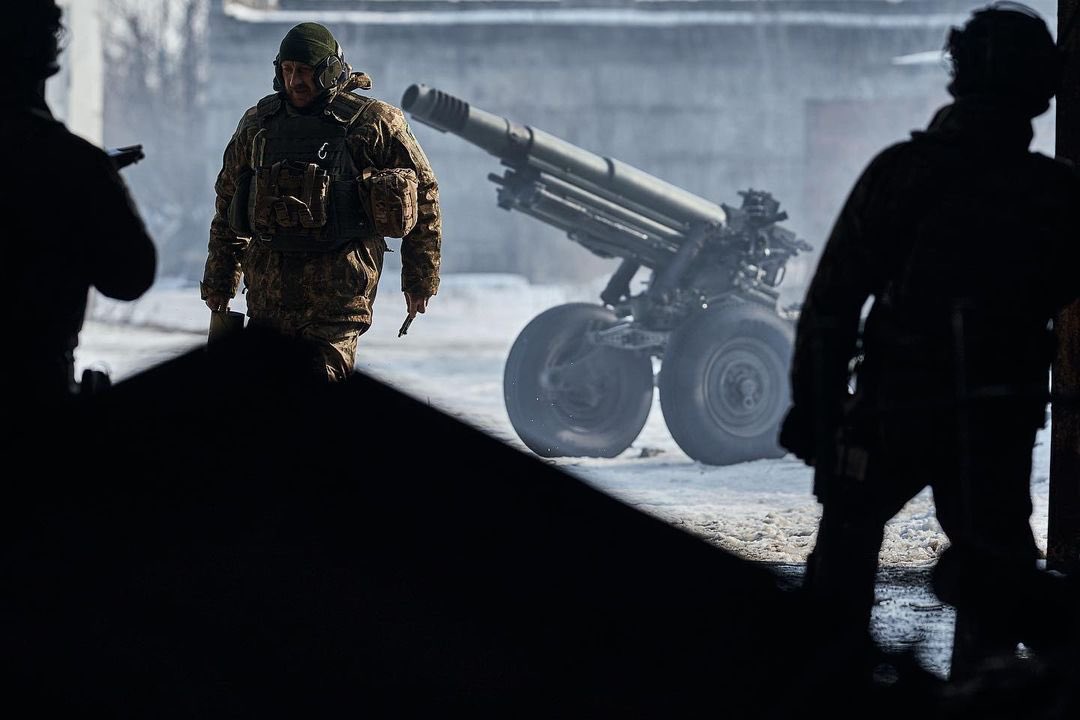
Why the focus on 105-mm shells from South Korea?
Mark F. Cancian and Chris H. Park, experts from CSIS, estimate that Ukraine's armed forces have in possession about one hundred 105-mm howitzers from various allied nations, including the USA and Great Britain.
That makes the 105-mm caliber if not the primary but at least one of the commonly used in the Ukrainian military, so the more shells, the better. Especially considering the current situation, with Ukraine needing to bridge a significant gap in artillery firepower compared to the russian federation.
On the other hand, the South Korean military still utilizes 105-mm caliber artillery systems, such as the K105 howitzers mounted on trucks, sort of improvised self-propelled guns; there are currently 200 such artillery systems in service. However, plans are underway to gradually decommission these systems into reserve status, a notion that has been circulating in the media since 2020.
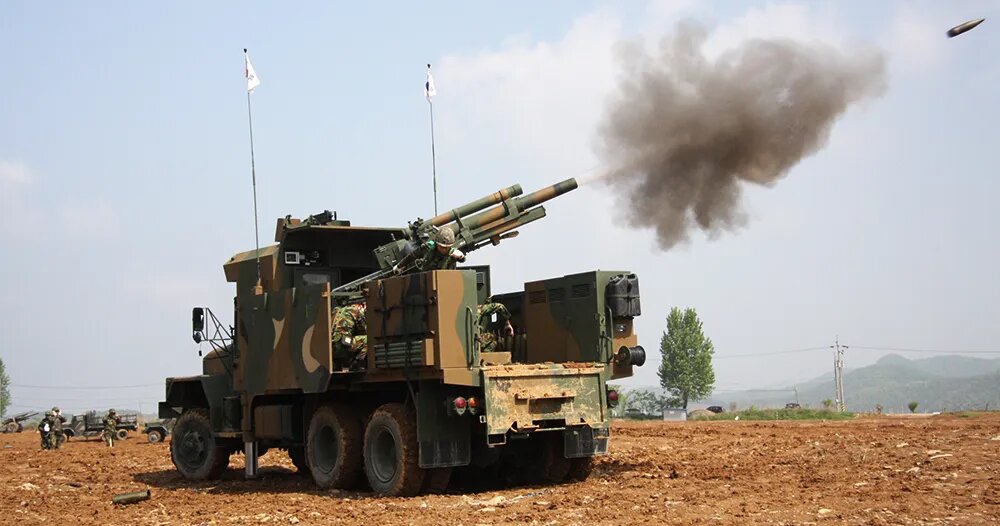
Consequently, some of the 105-mm shells will eventually become "surplus." It can be used to the mutual benefit of all parties: South Korea and the United States will agree on an "exchange" of ammunition in a way that would stimulate their own defense production; and Ukraine will receive essential artillery shells, even if they are of less widely applied 105-mm caliber instead of 155-mm. Which brings us to the next question.
Why not seek 155-mm shells from South Korea as well?
In addressing this issue, CSIS experts argue that while South Korea's stockpile of 155-mm projectiles is vast but not unlimited, it must be preserved in case of war with North Korea. In this context, Ukraine serves as a good illustration of just how much ammunition is necessary for modern all-out warfare.
Additionally, South Korea on its own can only produce about 200,000 155-mm shells annually. This quantity would sustain only one month of high-intensity combat. Moreover, there is this unique feature in the South Korean defense industry, when shell casings are manufactured separately by the Poongsan company, while the final assembly takes place at the Hanwha facilities.
Besides, South Korea is replacing its 105-mm K105 howitzers with none but K9 Thunder 155-mm self-propelled guns, therefore, the demand for shells of this caliber becomes even more pressing for Seoul.

Read more: The USA 2024 Defense Spending Bill Contains Military Aid for Ukraine







